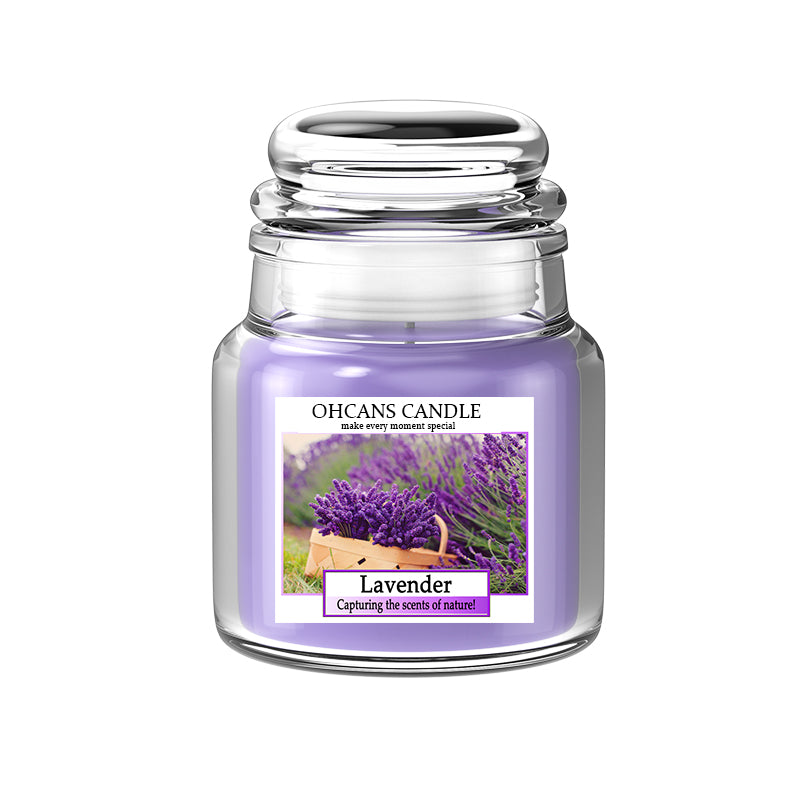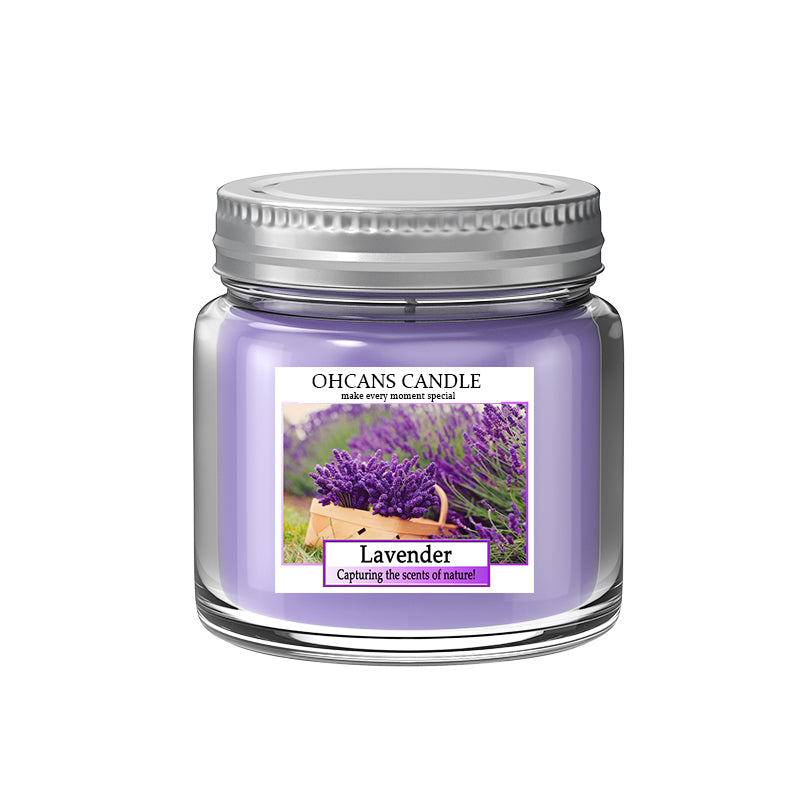How To Cure Gum Disease Without A Dentist?
How To Cure Gum Diease Without A Dentist?
Having worked with other communities in Tanzania and other voluntary health services, I have also realized that untreated gum diseases can have a very negative effect to the overall health of an individual. Of course, I always stress the need for professional help, but I realize that there may be circumstances under which it is impossible to see the dentist. As for the first signs of the problem, there are indeed some home remedies that are quite helpful in practice.
Green Tea Rinse
Green tea is another remedy which I always use, especially as a rinse for my hairs. I learned about this through my education at Western University and when I was an associate clinical professor educating students, I actively incorporated it and saw that the antioxidants present in green tea can minimize inflammation in the mouth and also help in prohibiting bacterial growth which causes gingivitis. Just prepare and make green tea and after some time pour it in a cup and rinse it round your mouth for 30-60 minutes then drop it in case you are not eating anything. Green tea has magnificient properties which qualifies it as a very good home remedy because it has antimicrobial properties.
Turmeric Powder
Saltwater Rince
Another easy, affordable option is a saltwater rinse. Salt is a natural antiseptic cleaner that can help flush out harmful bacteria and curb inflammation at start. Just dissolve a teaspoon of salt in some warm water, swish for 30 seconds, and spit it out. This basic rinse provides fast relief for tender, swollen gums. For instance, using salt water for a quick rinse can bring instant relief for any discomfort or irritation you are experiencing.
Looking For The Right Tooth Paste
When it comes to your oral hygiene routine, I emphasize using an antibacterial toothpaste with my patients struggling with gum disease. Look for an "antigingivitis" paste with proven antibacterial ingredients like stannous fluoride or triclosan. These specialty toothpastes help kill the bacteria causing your gum infection as you brush.
Quit Smoking
If you smoke, quitting needs to be a top priority for gum health. Through my years of practicing dentistry, I've seen countless cases where smoking undermined gum disease treatments and prevented proper healing. The toxins severely impair your body's immune response to infections. As someone passionate about helping patients achieve total health, I'm always willing to provide cessation guidance and recommendations for nicotine replacement therapy. Quitting makes a huge difference.
Regular Brushing And Flossing
Consistent, thorough plaque removal through brushing and flossing is one of the most important home remedies I prescribe to patients. Taking the time to brush gently for two full minutes and floss daily disrupts the bacteria and gives your gums a chance to recover. Using an antimicrobial mouthwash can also accelerate the healing process.
From a holistic perspective, getting the right nutrients plays a key role in fighting gum infections. I advise patients to eat plenty of vitamin C, antioxidant, vitamin D and omega-3 rich foods like peppers, citrus, salmon and nuts. These foods give your body's defenses the ammunition to combat harmful oral bacteria.
My time providing care in developing nations showed me the remarkable benefits of natural, herbal remedies as well. Ingredients like fresh aloe vera gel, lemongrass oil rinses, and the Ayurvedic practice of oil pulling can be excellent complements to oral hygiene for treating gingivitis at home.
While these home remedies provide relief for early gum disease, it's crucial to note that moderate to severe periodontitis requires professional treatment to prevent permanent damage like tooth loss. My advanced training at prestigious programs like Mount Sinai Hospital focused on comprehensive periodontal treatments.

Aloe Vera Gel
Aloe vera gel can be found readily in use ever since Additionally, directly applying the gel and gently massaging it onto the gums can offer localized relief and aid in the healing process.
If home remedies alone don't improve your gum symptoms within 2-3 weeks, I advise making an appointment right away. My approach blends my clinical expertise with empowering patients through education on affordable home remedies and prevention strategies. Don't hesitate to reach out - I'm passionate about getting you back to ideal oral health!
FAQ Related To Gum Disease
1.What Gum Disease Looks Like?
Gum disease shows up in a few key ways. First, look for red, swollen gums. Healthy gums should be firm and pink. If your gums are dark red or purple, it’s a sign of trouble.
Bleeding is another common symptom. If your gums bleed when you brush or floss. Beware , as a toothbrush that turns pink or spitting out blood is a warning sign.
As the gum disease progress, more severe symptoms such as receding gums may appear, which in turn makes your teeth look longer. You might experience loose teeth due to the damage to supporting tissues.
In advanced stages, pus between the gums and teeth can occur. This is a sign of serious infection. Persistent bad breath is also common.
If ignored, these symptoms can lead to receding gums, loose teeth, and even pus between your teeth and gums. So, don't wait for your gums to throw a tantrum. Catch these signs early, nib these potential trouble in the bud. Ideally, you want to prevent gum disease at early stages.
2.How and When Will Gum Disease Occur?
Gum disease occur due to poor brushing habits, which consequently leading to plaque buildup. Generally, Plaque is a film of bacteria on your teeth that can harden over time. Symptoms include swollen, red, and bleeding gums. If untreated, it can cause pain, especially when eating. The infection can spread to the bones around your teeth, leading to more pain and difficulty chewing. Professional hygine routine truely makes a big difference.

3.How Do Gum Disease Affacts Your Body?
Although the common donominator for all gum disease is the onset inflamation of gums. Please do not underestimate how gum disease can influence your body on a multi-level. The inflammation of the gum can trigger immune response from your body. Thereby, increasing the associated risk of heart disease, diabetes, and potentially severe COVID-19.
4.Which Type of Toothpaste Is Recommended For Gum Disease?
To be honest, you will need to be equip with the proper tool to get the job done. Choosing the right toothbruth is critical to our critical hygine. Therefore, it is highly recommended to opt for a soft-bristle toothbrush that can reach all the nooks and crannies of your mouth. Remeber to toss out your old toothbruth after 3 month use, as it may harbour bacteria. As for frayed tooth bruth, it may potentially harm your gum health. All in all, frayed toothbrush
5.Can Gum Disease Be Reversed At All?
According to Cleveland Clinic, Gum disease is completely managable with appropriate treatment. Once you loose structural support, such as the destruction of your underlying jaw bone. It now becomes irreversible. In most cases, if you happen to have gingivitis, an early stage of gum disease, is completely reversable with regular dental cleaning and proper brushing method.
6.What Is the Typically Brushing Method For Gum Disease?
The Bass method scrubs away plaque from under your gums, stopping gingivitis in its tracks. In fact, according to a colgate review, Bass technique to be the plaque-fighting champ, beating the horizontal method hands down.

7. How to Use the Bass Technique for Brushing?
- Hold your toothbrush parallel to your teeth.
- Tilt it to a 45-degree angle.
- Angle the bristles slightly under the gum line.
- Apply firm but gentle pressure.
- Brush back and forth or in a circular motion 15 to 20 times.
- Move to the next area and repeat.
These tips help ensure effective and thorough cleaning.





Dejar un comentario